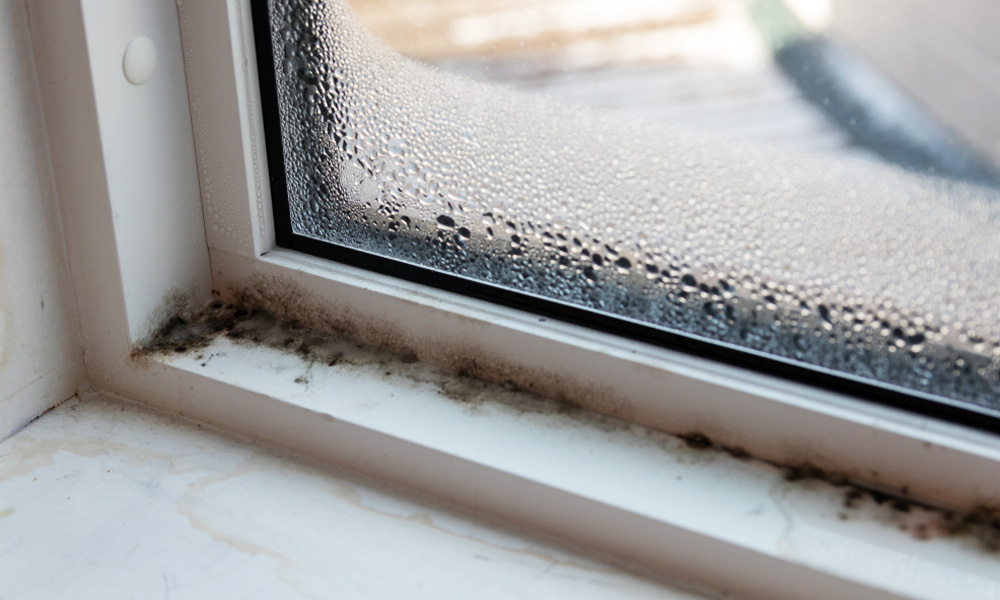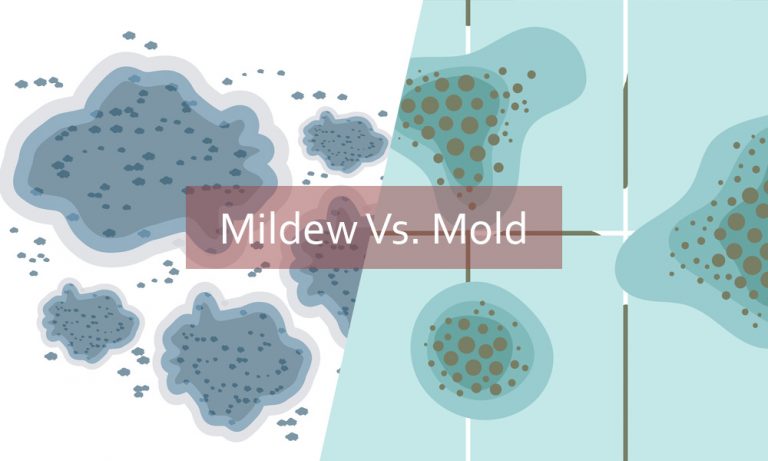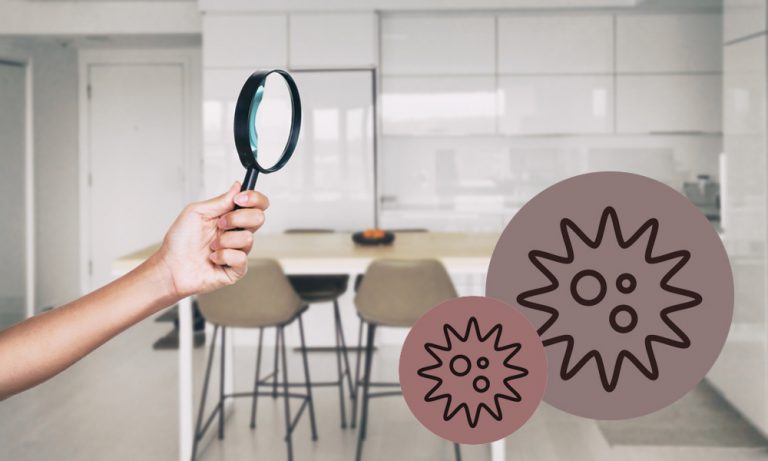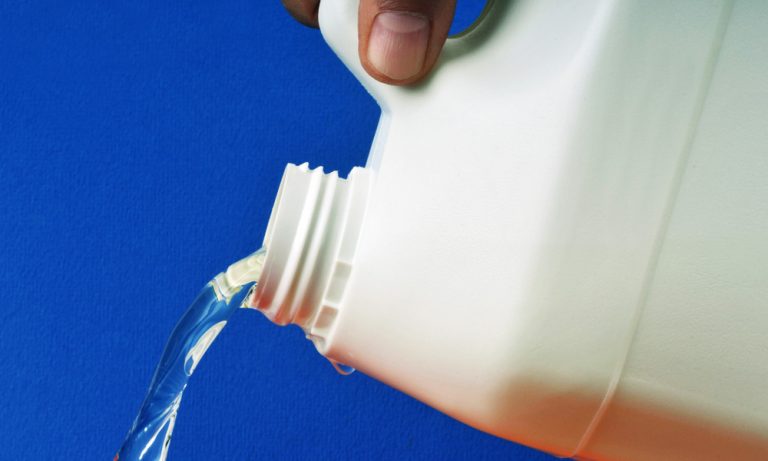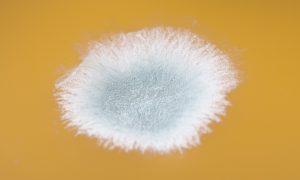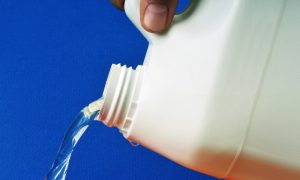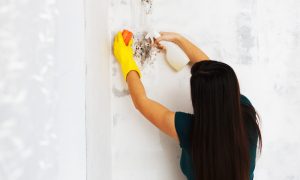Typically in winter, due to condensation, you will find water (moisture) around your windows. This water drips down to the bottom of the windows and affects the drywall around it leading to mold growth, which is a frustrating sight.
If you have black mold on your window sills, then you are probably looking for ways to remove them without getting more stressed than you already are about the appearance of molds in and around your windows.
Black mold around windows are not only unattractive and harmful to your health; it can also damage your window by eating into the window frames. So it is crucial that you have any mold on your window frame removed immediately.
This article will discuss the causes of black mold on your windows, natural ways to get rid of it, tips to prevent mold from coming back or finding a new home somewhere within your home/apartment, and some of the frequently asked questions.
What are the causes of black mold on window sills?
There are several reasons why mold may be growing on your windowsills, but the primary culprit is moisture (either from leaks or condensation). Bathroom and kitchen windows are most vulnerable to mold growth.
Cleaning your window frames without paying attention to the source of moisture means you will have to be cleaning every time the mold appears again. When this continues after some time, the mold will eventually damage your windows. Also, mold spores released while you’re cleaning may irritate your eyes and skin or affect your lungs and nervous system adversely.
To avoid any unpleasant structural damage or mold health issues, you should find out where the source of moisture is on your windowsill and fix it. Some of the common causes of moisture that can lead to mold growth on your window frames are:
- Leaking pipes
- Faulty heating or ventilation system
- Leaking roof or damaged window frames that causes the collection of rainwater on your window
- Moisture from tap/ Steam from cooking or showers (kitchen and bathroom window)
- Rising damp
- Inadequate airflow
What to consider before cleaning mold from your window?
There are two things to consider when trying to get rid of molds on window sills:
1. Safety
Mold spores spread quickly and can cause adverse reactions in humans. Therefore you must wear protective clothing before you begin to clean mold anywhere in the house. Some important safety wears for leaning mold include safety goggles (protective eyewear), rubber cleaning gloves, and face mask to protect your nose and your mouth (an N-95 respirator will work fine).
2. Types of Products
Many cleaning products only remove the mold without killing the roots. In just a few days, you will notice that the mold has started to grow back. Using the right products and tackling the root cause of mold growth are the best ways to prevent mold from growing back on your windows.
How to get rid of black mold from window sills naturally?
There are different home remedies that you can use to treat mold from your window sills. It is important that you follow safety measures while handling the task of removing mold from your windows.
1. Vinegar
Vinegar is a common household item that is accessible and effective in cleaning molds around the windowsill. The acidic content of white vinegar is effective in killing over 80 percent of all mold species. Fill up a container (preferably a spray bottle) with white vinegar and sprinkle generously on the moldy windowsill.
Leave the liquid on the mold for about one hour to completely break down the mold components. Then scrub gently with a brush and warm water. Once this is done, wipe the windowsill with a clean, dry cloth and leave the window open to dry. You can use white vinegar to clean mold on porous and non-porous surfaces.
2. Baking soda
For added effectiveness, especially when dealing with challenging mold species like black mold, you can mix vinegar with baking soda. Mix one portion each of vinegar and water with two parts of baking soda. Mix all the ingredients thoroughly until you have a smooth paste.
With the aid of a brush, spread the paste generously on the moldy area of your windowsill and allow it to dry. When the paste is completely dry, scrub it away gently with a brush and warm water, then wipe it off with a dry cloth.
3. Tea tree oil
Tea tree oil is a natural mold cleaning compound that is gentle on humans but harsh on molds. It is excellent for cleaning and removing mold from the roots to prevent them from growing back.
Mix about ten drops of tea tree oil and a half glass of water in a spray bottle. Shake the mixture thoroughly until both oil and water are well mixed, then spray on the mold. After one hour, wipe away the liquid with a dry cloth and leave the window open to air dry.
Further Reading: Complete list of DIY, natural ways to get rid of black mold
How to prevent mold build up, growth on windows?
When you are done cleaning the mold on your windowsill, it’s best to take your time in fixing the cause; else, the mold will return in no time. Here are some ways you can prevent mold from reoccurring on your windowsills
- Use dehumidifiers and air conditioners during hot and humid climates, and humidifiers to reduce condensation during winter.
- Ensure that the exhaust fans in your kitchen and bathroom are working. If you do not have exhaust fans, you should consider installing them to help with ventilation.
- Occasionally open your curtains and windows to allow fresh air in and support ventilation across the house. You can do this every day for about five to fifteen minutes to aid airflow.
- If you are using air conditioners, keep the drip pan clean, and ensure that the outflow drain pipes are free from any blockage.
Should you clean mold on your windowsill by yourself?
According to the EPA, the responsibility of cleaning mold depends on certain factors, including the cause and the extent of mold damage.
You can clean small amounts of mold on windowsills or other places like the shower by yourself using natural cleaning agents like vinegar, baking soda, or tea tree oil. Residents can clean molds in small areas or up to the size of a door.
Nonetheless, any mold damage beyond ten sq. feet (molds on the windowsill hardly falls in this category) requires mold remediation experts’ service. To add to this statement, without consulting experts, one should not handle mold caused by flooding, sewage, or the HVAC (heating, ventilation, air conditioning) system, as it might require experts to look into the root cause.
Does leaving windows open cause mold?
This depends on the situation and weather conditions.
Opening windows during the rainy or snowy season can cause mold growth by allowing damp air and moisture into the house. When it is dry outside, leaving your windows open for about 30 minutes a day is excellent to promote natural ventilation, reducing the chances of mold growth. Use exhaust fans in kitchens and bathrooms. They help proper ventilation by venting outside the house.
If you already have molds on your windows, keeping the windows open will let dry air in and eliminate the dark and damp conditions that help the molds grow. But rather than open your windows and wait, it is recommended that you treat the mold.
In summary, leaving your windows open may help prevent mold growth. However, it would help if you considered the weather condition before throwing your windows open.
Is the mold on my window toxic and dangerous?
It is difficult to determine if the mold on your window is toxic or not without sampling and testing from a recognized laboratory.
However, molds on your window may be harmful to you, especially if you mold allergies or an existing respiratory problem. Molds on windows can also be dangerous to children and the elderly or people with certain kinds of illnesses like asthma or chronic lung disease.
If you’re experiencing breathing problems or irritation in the skin, eyes, nose, and throat, you may have toxic mold on your windows.
What should you do if you find mold on your windows?
Although it is possible to get rid of mold from your windowsills yourself, the cleaning process may be quite unsafe. Without the proper methods and protective equipment, there is an increased risk of mold spores spreading to other areas of the house. This may affect your health and the air quality in the home. If not handled properly, the mold can start to grow in areas of the house where they were previously absent. Mold spores inhaled can also cause harm to you and others within the home.
To eliminate any chances of exposing yourself and others to harmful mold spores or causing more mold issues, we recommend you seek the help of mold remediation experts. Our mold cleaning professionals at EcoFMR have the skills, tools, and expertise to ensure effective cleaning of molds and prevent the circulation of mold spores during the process. We also find and fix the root cause of the moldy issue, so you do not have to experience mold regrowth in the future.
Also read: Having known more about black mold on window sills, take a look at white mold behavior here!
This article was originally published in Dec-2020 and was last updated in Oct-2021.
Author: Kenny

